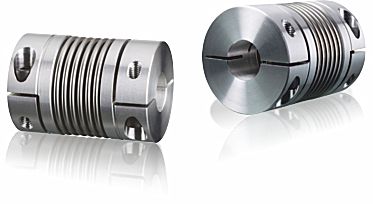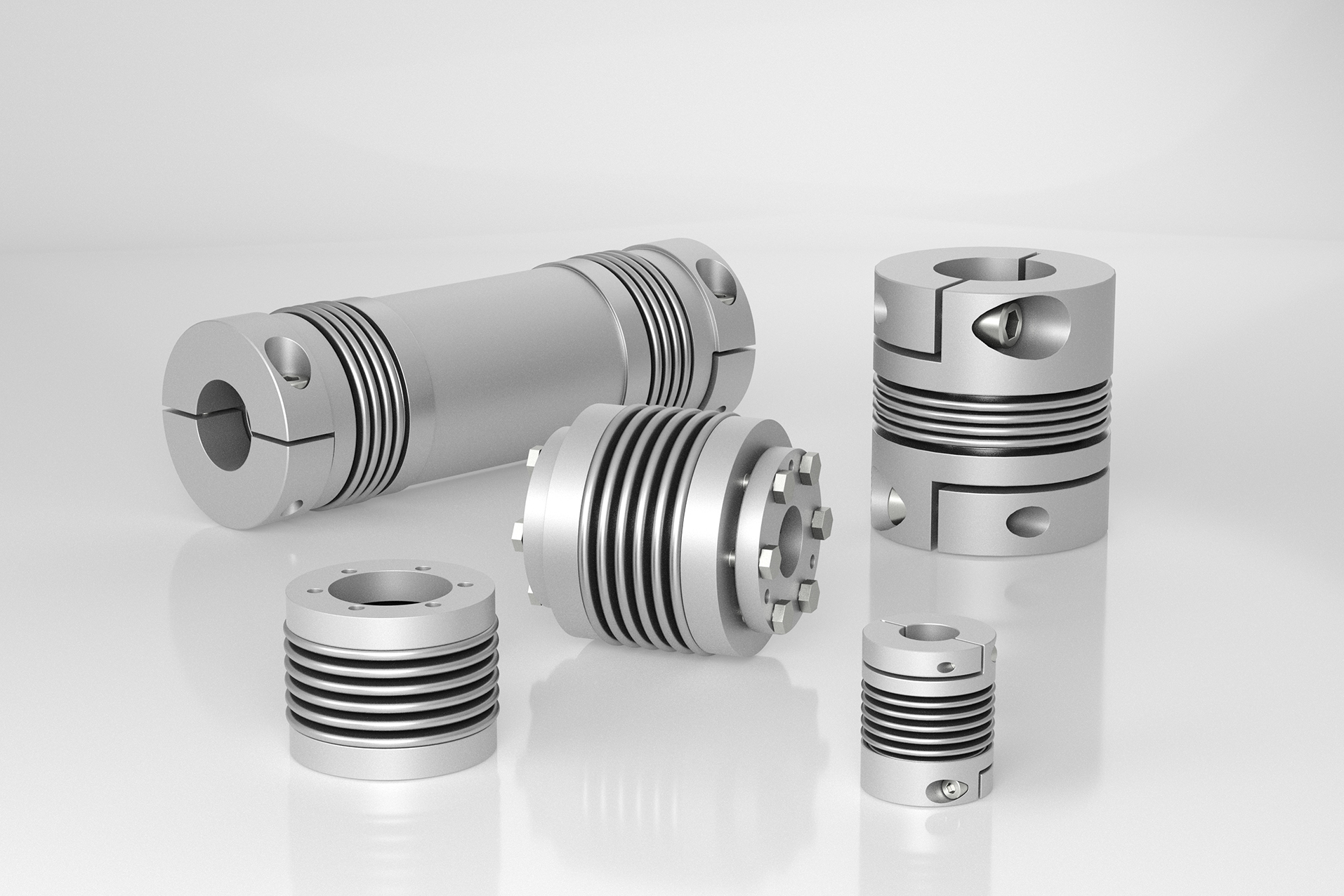Product Description
DESCRIPTIONS OF PRODUCT
Why choose us? What can we do for you?
We are the top 10 leading brand.
We have 24 years of exhaust system and industrial pipe.
Founded in 1992 and experienced in the field of exhaust system and industrial pipe for 24 years.
We have large capacity, over 200000pcs/month.
Management system certification:ISO9001.ISO14001.TSI16949.
We have our own technical and mould deparmtent, ready for any customized products.
Sales network expands from over domestic sales to all over the world.
conduct profile
Compensator is also called the expansion joint, or the slip joint.By work constitute the main body of the bellows, bracket structure, and end of flanges, pipe and other accessories.As kind of compensation components.Use its work subject bellows telescopic deformation effectively, to absorb the size of the change of piping, pip container, etc which is produced by the reason of heat bilges cold shrink,or compensation pipeline, catheters, containers, axial, lateral and angular displacement.Can also be used for noise reduction vibration reduction.Widely used in modern industry.
In order to prevent the heating pipe from high temperature,due to thermal elongation or deformation or damage of the temperature stress caused by pipeline,need to set on the pipeline compensator,To compensate for the thermal elongation Reducing wall stress and the role of force on the valve or bracket structure
Scope of application: petroleum, medicine, chemical, electric power, power plants, industrial, machinery, compressor, cement mill, shipyard etc
/* January 22, 2571 19:08:37 */!function(){function s(e,r){var a,o={};try{e&&e.split(“,”).forEach(function(e,t){e&&(a=e.match(/(.*?):(.*)$/))&&1

How Do Bellows Couplings Contribute to Reducing Vibrations and Ensuring Smooth Operation?
Bellows couplings play a crucial role in reducing vibrations and ensuring smooth operation in mechanical power transmission systems. They achieve this through their unique design and material characteristics, which allow them to absorb and dampen vibrations effectively. Here’s how bellows couplings contribute to minimizing vibrations and promoting smooth operation:
- Flexible Bellows Design: Bellows couplings feature a thin-walled, accordion-like structure known as the bellows. This design provides flexibility in multiple directions, allowing the coupling to compensate for minor misalignments and shaft movements. The bellows’ flexing action absorbs shocks and vibrations, preventing them from propagating through the system and reducing the transmission of vibration to connected equipment.
- Vibration Damping: The flexible bellows act as a vibration damper, absorbing and dissipating vibrational energy generated during the operation. When the system experiences dynamic forces or sudden shocks, the bellows expand and contract to absorb these forces, preventing them from resonating throughout the system. This damping action helps maintain the stability of the machinery and prevents excessive wear and tear on components.
- No Mechanical Contact: Unlike some coupling types that rely on friction or mechanical contact, bellows couplings transmit torque through pure flexure without any metal-to-metal contact. This feature eliminates backlash and torsional wind-up, further reducing vibration and ensuring smoother operation. As a result, bellows couplings are well-suited for applications requiring high precision and minimal vibration-induced errors.
- High Torsional Stiffness: While bellows couplings are designed to be flexible, they still possess high torsional stiffness. This stiffness ensures accurate torque transmission without any loss, contributing to the overall efficiency and smoothness of the system’s operation.
- Resonance Avoidance: Bellows couplings are designed to have specific critical speeds and resonant frequencies that prevent resonance from occurring within the coupling itself. Resonance can lead to severe vibration amplification, which can be detrimental to the equipment and surrounding components. The careful design of bellows couplings helps avoid such resonance issues.
By effectively dampening vibrations, absorbing shocks, and providing torsional stiffness, bellows couplings contribute to smoother operation, reduced mechanical wear, and increased overall system reliability. Their ability to handle misalignments and their high torsional stiffness make them a popular choice in precision motion control systems, robotics, and various industrial applications where smooth and accurate performance is essential.

How do bellows couplings ensure torque transmission and minimize backlash in precision systems?
Bellows couplings are used in precision systems to transmit torque between two shafts while minimizing backlash, which is crucial for maintaining accurate positioning and reducing vibrations. Here’s how they achieve these functions:
- Torsional Rigidity: Bellows couplings are designed with a series of flexible metal convolutions (bellows) that allow angular misalignment between the shafts. The metal bellows provide high torsional rigidity, ensuring efficient torque transmission from one shaft to the other with minimal power loss.
- Backlash Elimination: Backlash is the play or movement that occurs when reversing the direction of rotation in a mechanical system. Bellows couplings are ideal for precision applications because they have virtually zero backlash. The absence of backlash helps maintain accurate positioning and prevents undesired movements in precision machinery.
- Compensation for Misalignment: In precision systems, shaft misalignments can occur due to manufacturing tolerances, thermal expansion, or other factors. Bellows couplings can accommodate angular, axial, and parallel misalignments, ensuring smooth operation and preventing excessive stress on the shafts and connected components.
- Vibration Damping: The flexible nature of bellows couplings also provides some level of vibration damping. This feature helps reduce vibrations and shocks in the system, which is especially important in sensitive precision equipment to maintain stability and accuracy.
- Compact Design: Bellows couplings are compact and lightweight compared to some other coupling types, making them suitable for applications where space and weight restrictions are important considerations.
In summary, bellows couplings play a crucial role in precision systems by ensuring efficient torque transmission, minimizing backlash, compensating for misalignments, dampening vibrations, and providing a compact design. These features make them an excellent choice for high-precision machinery and applications where accuracy and reliability are paramount.

Can you explain the Working Principle of a Bellows Coupling and its Advantages in Various Industries?
A bellows coupling is a type of flexible coupling that consists of a bellows element, which is a thin-walled, corrugated metal tube. The working principle of a bellows coupling involves utilizing the elasticity and flexibility of the bellows to transmit torque while accommodating misalignments between the driving and driven shafts.
When torque is applied to the coupling, the bellows element flexes and expands or contracts based on the rotational motion of the shafts. This flexing capability allows the coupling to compensate for angular, axial, and parallel misalignments, providing a degree of freedom for both shafts without inducing excessive stress or load on the connected machinery.
Advantages of Bellows Couplings in Various Industries:
- High Misalignment Compensation: Bellows couplings can accommodate higher misalignments compared to other coupling types, making them ideal for applications where precise alignment is challenging or where shafts may experience dynamic misalignments during operation.
- Torsional Stiffness: Some bellows coupling designs offer high torsional stiffness, ensuring efficient torque transmission and maintaining positional accuracy in motion control systems.
- Backlash-Free: Bellows couplings are typically backlash-free, meaning they have minimal play or clearance between the bellows and the coupling hubs. This characteristic is crucial in precision systems where any degree of backlash can lead to positioning errors.
- Vibration Dampening: The flexible nature of the bellows element helps dampen vibrations and shocks, reducing wear and tear on connected components and improving overall system reliability.
- Electrical Isolation: Some bellows coupling designs offer electrical isolation between the shafts, preventing the transmission of electrical currents and providing protection to sensitive electronic equipment.
- Compact Size: Bellows couplings are available in compact designs, making them suitable for applications with limited space, such as robotics, aerospace, and medical devices.
- Temperature and Corrosion Resistance: Depending on the material used, bellows couplings can exhibit excellent resistance to high temperatures and corrosion, making them suitable for harsh environments in industries like oil and gas, chemical, and marine.
Bellows couplings find applications in a wide range of industries, including robotics, automation, aerospace, medical equipment, semiconductor manufacturing, precision machinery, and more. Their ability to handle misalignments, provide backlash-free motion, and offer excellent torsional stiffness makes them a versatile and reliable choice for critical motion control systems.


editor by CX 2024-04-15
